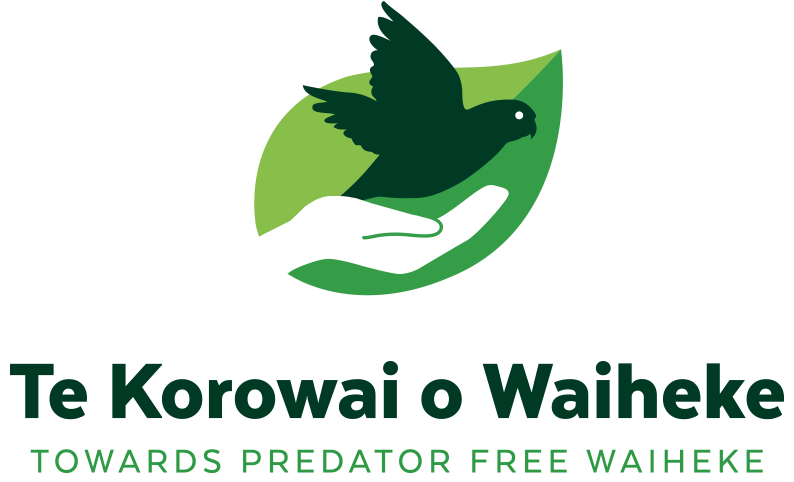AI Hackathon for the Environment
As technology gets more and more advanced in the eradication arena, one of the key challenges for projects is how to process the large amounts of data collected.
A crucial part of rat eradication programmes is the monitoring and detecting of rats. Trail cameras are a very sensitive detection tool and are able to detect rats in low density such as survivors and invaders after an eradication attempt.
However, due to their sensitivity, trail cameras are ‘snap happy’. They are often triggered by non-target species, moving vegetation, or even changes in sun and shade. This results in a large number of images collected per camera, not all of which contain the target species.
During the Rocky Bay rat pilot operational trial, over 275,000 trail camera images were collected in two months. A great amount of data to answer some of the key questions that island wide eradication poses, though incredibly time-consuming to process (149 hours to be exact).
For trail camera data to be used to its full potential as Aotearoa/New Zealand journeys towards becoming predator free by 2050, further data sorting programmes are needed.
Te Korowai o Waiheke was thrilled to be invited to take part in the first nationwide A.I. (Artificial Intelligence) Hackathon for the Environment (EnviroHack) where groups from around the country pitch solutions to environmental data processing challenges.
The AI EnviroHack put on by the AI Forum New Zealand – Te Kāhui Atamai Iahiko o Aotearoa - is focused on delivering real-world examples of how Artificial Intelligence can help build a coherent environmental data ecosystem, solving real-life environmental challenges. Teams were given 48 hours to come up with and submit solutions for a place to pitch at the Aotearoa AI Summit.
Rat Operations Manager, Markus Gronwald, presented the image processing dilemma to participating groups around the country along with 92,000 images to use for the exercise.
The Brief:
Having a tool that can identify rats in real-time reliably will be a game changer for conservation, invasive species eradication and biosecurity. It will enable the production of rat-specific traps, traps that only catch rats. It would also allow for an alert system to detect and report the arrival of an invasive rat and trigger an immediate response. Aotearoa/New Zealand wants to be free of rodents, mustelids, and possums by 2050. The reliable detection of invasions will be essential for staying predator-free long term. Having a fast, reliable, and cost effective detection tool is important for achieving a predator-free New Zealand as well as internationally valuable for improving biosecurity.
The Problem/Challenge
We need a tool for timely, reliable identification of a defined target species in a trail camera photo that is cost effective.
Rats can be cryptic and hard to recognise in a photo. Rats are nocturnal, climb on cameras, examine cameras and sometimes move fast. Photos can be blurry, overexposed, or show only parts of a rat, the rat can be in front of the lens or further away.
Identification of a rat in a photo needs to be instant. Immediate information will improve the response to the detection.
Five teams from across the country took on the challenge and each one put their unique spin on the exercise and came up with vastly different approaches. One team came up with a data sharing model while others pulled apart existing data sets to recreate a more effective image recognition system.
One team made up of employees from the Countdown Supermarket group created a system that was able to process images at a rate of 2000 per second, compared with the 30 per second done manually by Te Korowai o Waiheke and returned an accuracy rate of over 90%. They were also able to include new elements such as remote daily checks using a cloud-based system where currently all data is collected manually.
Unfortunately, none of the competing teams made it to the final but it was still a win for Te Korowai o Waiheke. The Countdown team shared their data codes and currently, Markus is looking at how to incorporate it’s use into analysing upcoming trail camera monitoring.
With the rapid advances in new technologies, solutions in data management and the ongoing dedication of field workers, Predator Free NZ is looking closer than ever.






